What to see on Lake Como: 10 places among basilicas and art treasures
Lake Como, fascinating and rich in history, an inexhaustible source of inspiration for artists and writers, is not only a glamorous destination but also a destination forart and culture lovers. With its deep blue waters set “between two unbroken chains of mountains,” Lake Como has always been a favorite destination for those seeking a buen ritiro without straying too far from the city. Since well before Alessandro Manzoni sang of its uniqueness in his Promessi Sposi, the Lario has been the place of the heart for rich and aristocratic people since Roman times (moreover, the first museum in the modern sense of history was born on the shores of Lake Como), and even today it is still a refuge for jet setters from every corner of the globe who are enraptured by the beauty of the landscapes and the magnificence of the many aristocratic villas. Lake Como is not just a chic destination for Hollywood tycoons and actors, however; it is the center of a living community full of history that carefully preserves its many treasures. Here are 10 must-see stops on your trip to discover the Lario.
1. Como Cathedral
Imposing and with an unmistakable profile, the Duomo di Como, the cathedral of Santa Maria Assunta, stands austere just a few steps from the shores of the lake. Almost four hundred years were needed to build this veritable jewel of late Gothic architecture, with work beginning in 1396 and ending in the first half of the 18th century. There are many reasons for the Duomo’s interest, starting with the iconic dome designed in the eighteenth century by Filippo Juvarra to the facade that dates back to the late fifteenth century and contains numerous sculptural decorations largely the work of the workshop of Giovanni Rodari to whom we also owe the authorship of the two podiums with statues of Pliny the Younger and Pliny the Elder.
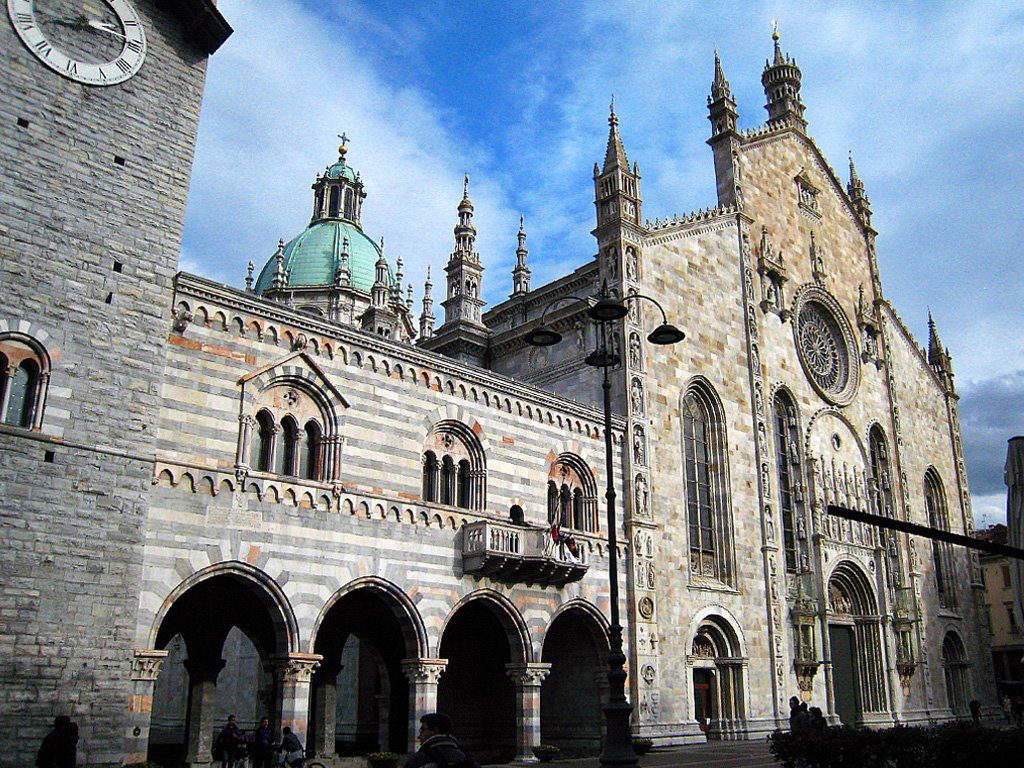
2. The Basilica of Sant’Abbondio in Como.
Located in a more secluded location than the modern city center, it is famous for the profile of its twin bell towers that make it a landmark for tourists and visitors alike. However, it is only by crossing the threshold of this thousand-year-old basilica a short distance from the shores of Lake Como that one can appreciate not only its high artistic value, but also touch upon the legacy of history on its thick walls. A shining example of the Romanesque style that developed in the Alpine region, the basilica of Sant’Abbondio dates back to the year 1000 when it was rebuilt by the Benedictine monks who also occupied the nearby monastery. Inside, the church has a rather simple plan in which several Romanesque bas-reliefs, a complete set of mid-14th-century frescoes the structures of an early Christian basilica stand out.
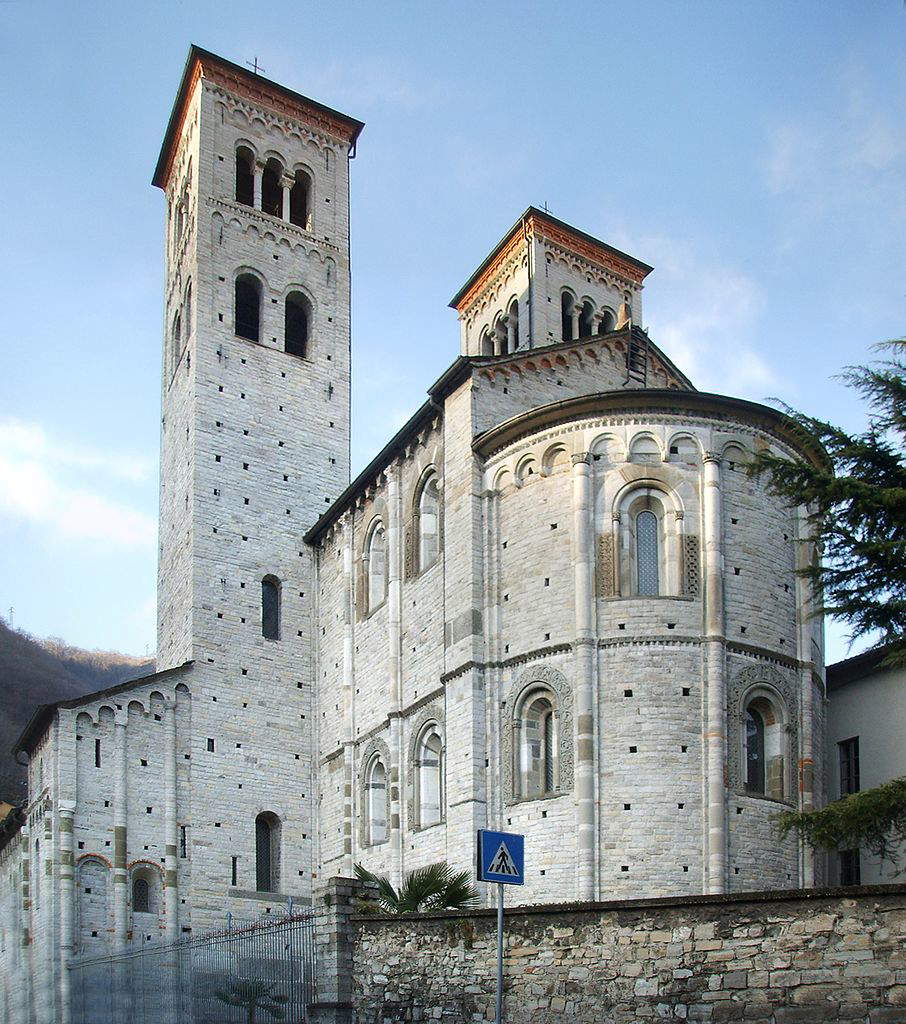
3. The former Casa del Fascio in Como.
Also known as “Palazzo Terragni,” with its clean lines it seems to literally emerge from the overlooking Piazza del Popolo, which at the same time interpenetrates it and enhances its bare majesty. Built in the first half of the 1930s to a design by the great architect Giuseppe Terragni, the former Casa del Fascio is considered one of the great masterpieces of Italian rationalism, of which it realizes and sublimates many of its fundamental principles. It is a compact building with a square plan and arranged on four floors. Characteristic are the large double-height central hall, lit from above thanks to a flat roof of glass-cement tiles, and the four facades, devoid of decoration and with different openings and partitions that show off the grid formed by pillars and beams. Today Palazzo Terragni houses the offices of the provincial command of the Guardia di Finanza.
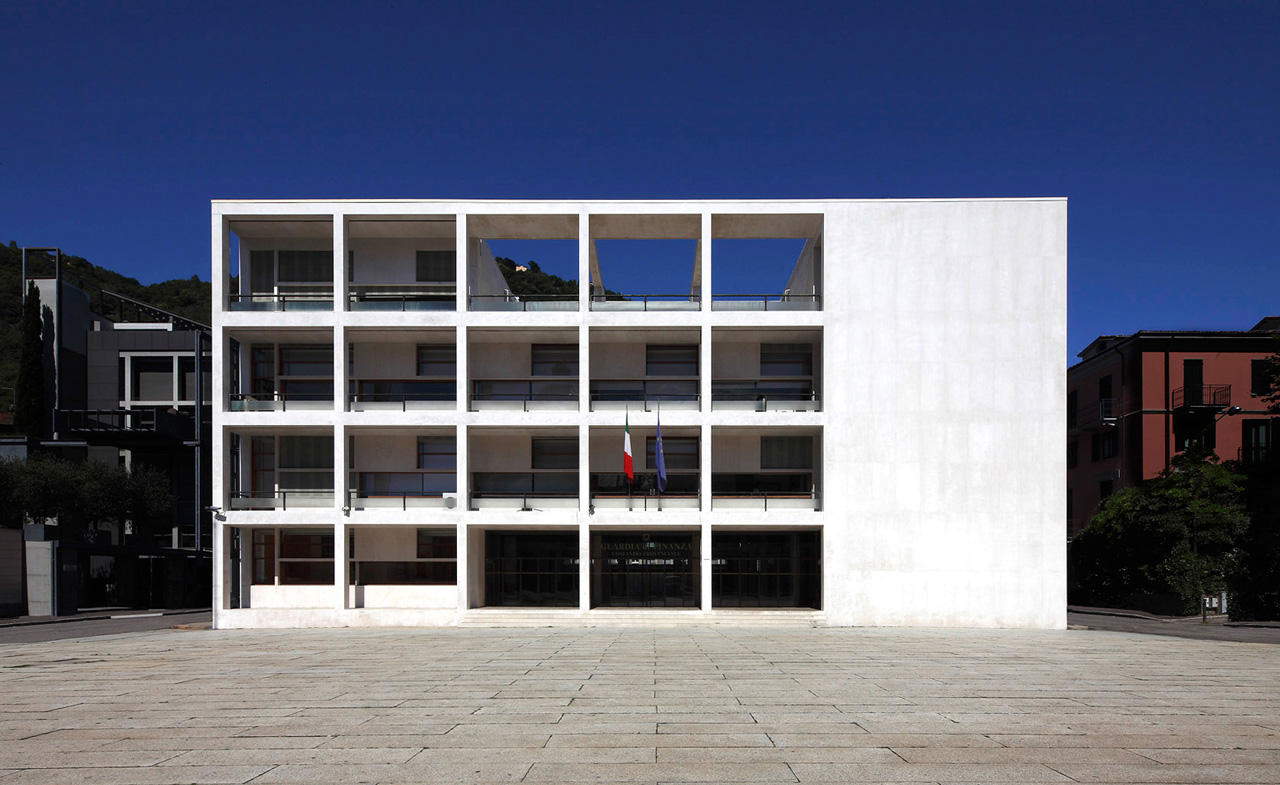
4. The Broletto of Como
The former seat of the municipality stands next to the old cathedral precisely to signify the close link between temporal and church power. In Romanesque-Gothic style dating from the 13th century, it has a characteristic facade in bands of Lombard marble in three different colors: white, gray and red. The civic tower, on the other hand, stands out in the background, which, in contrast, was built with the ashlar technique and is characterized by an elegant mullioned window at the height of the second floor and the clock covered by two gables. Throughout its history the Broletto has housed a theater and an archive while today it is used as a conference center and hall for art exhibitions.
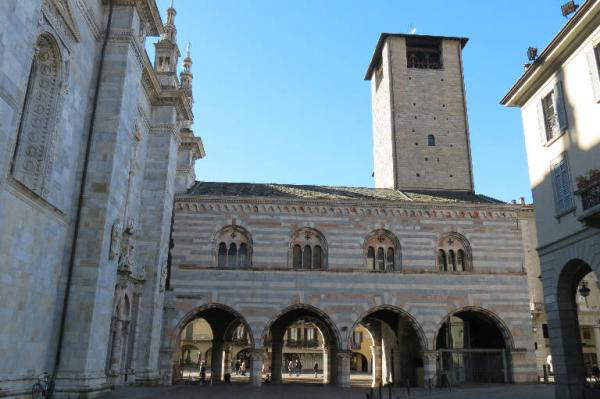
5. The Tempio Voltiano of Como
From the first batteries to ancient scientific instruments used to study electrology as well as the properties of gases are at the heart of the museum Como wanted to dedicate one of its most illustrious citizens-Alessandro Volta. Dedicated to the memory of the Larian chemist and physicist stands on the shores of Lake Como a true secular temple built in the neoclassical style, but with obvious echoes to a Palladian taste, in the 1920s on the occasion of the centenary of Volta’s death to the design of architect Federico Frigerio thanks to the contribution of cotton entrepreneur Francesco Somaini. This imposing building, with its tall dome and unmistakable facade characterized by a wide Corinthian-style pronaos, inside collects 234 artifacts, either originals or faithful reconstructions, from the life and works of the great scientist.
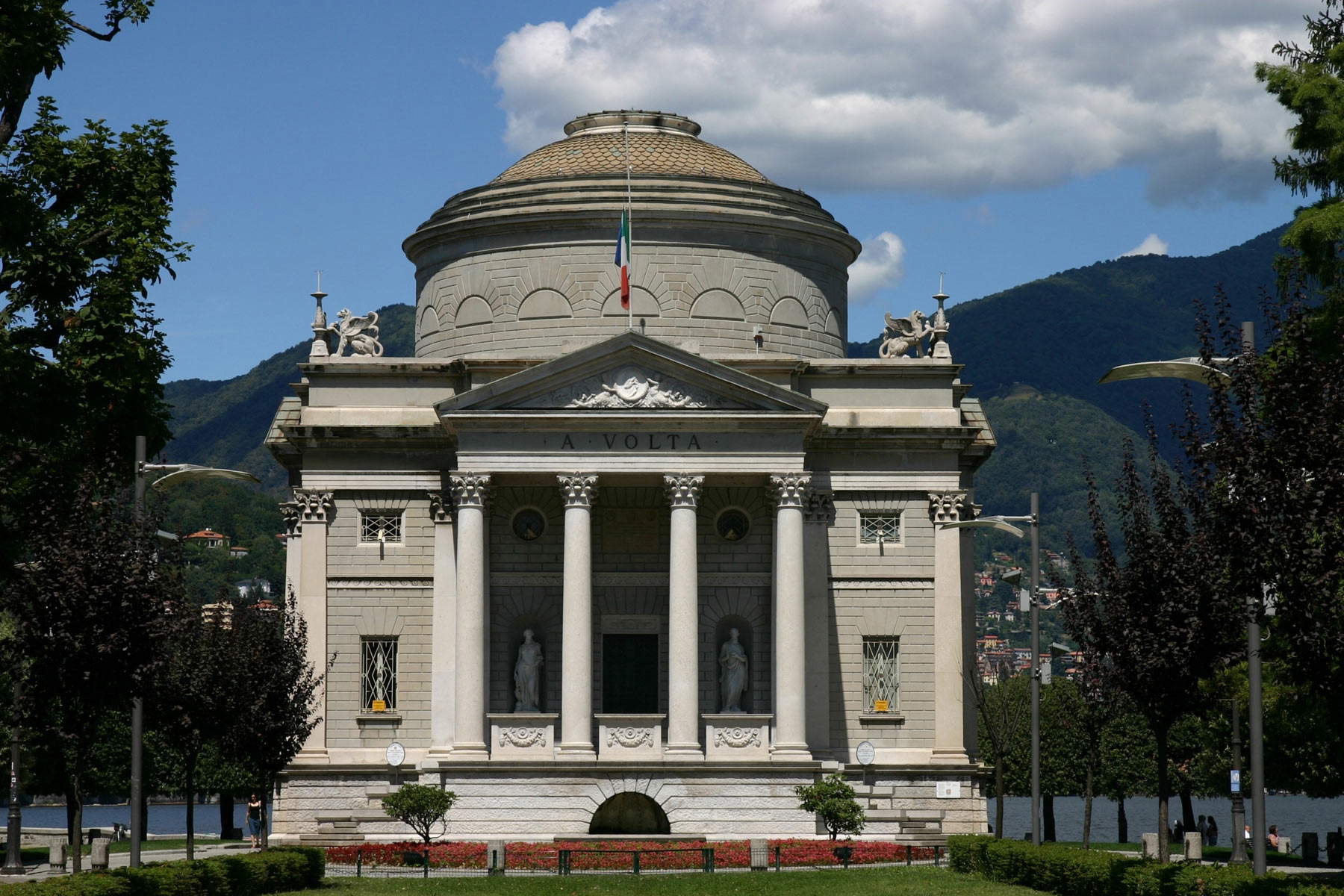
6. Villa Olmo in Como
This is the quintessential villa on Lake Como. This neoclassical building of monumental dimensions was commissioned in 1780 by Innocenzo Odescalchi belonging to a collateral branch of the famous family of Roman princes and directly overlooks the shores of Lake Como. The villa takes its name from an ancient elm forest while its overall layout is inspired by a precise geometric-proportional system inspired by the theories of ideal beauty enunciated by Johann Joachim Winckelmann. Its imposing facade is punctuated by columns of giant order decorated with roundels depicting Plato, Solon, Thales, Socrates and Pythagoras by Ticino sculptor Francesco Carabelli and is one of the symbols of Como. Not only kings and queens have passed through here over the centuries, but also Napoleon Bonaparte and the hero of two worlds Giuseppe Garibaldi. Today the villa is owned by the Municipality of Como and is a venue for exhibitions and events.
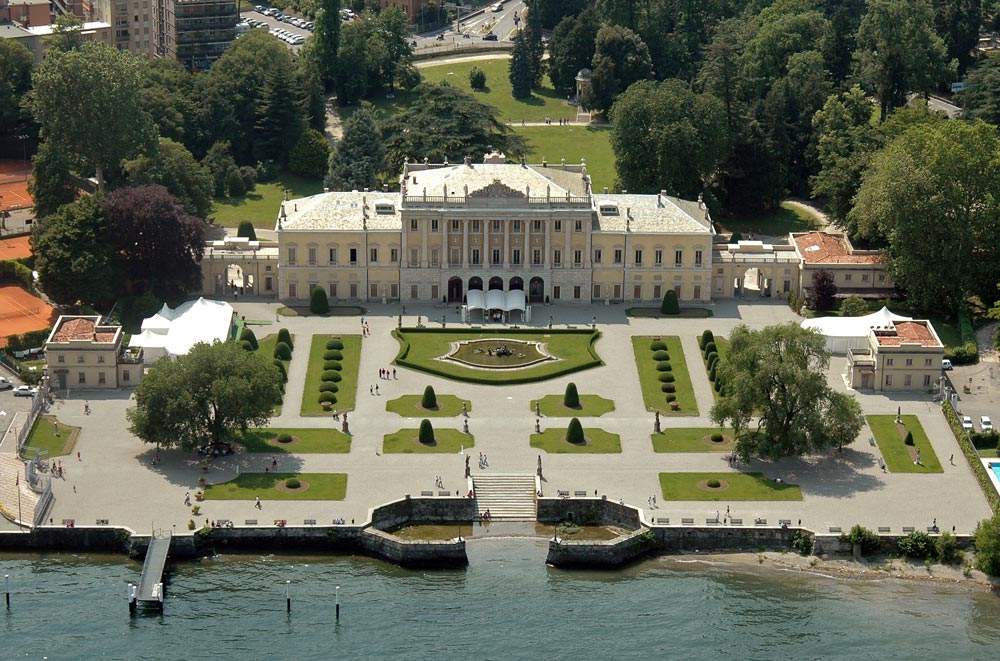
7. Bellagio
The most beautiful place on the most beautiful lake. This is how the town of Bellagio is described around here, an enchanted village that embodies like no other the ideal of enchanted life on the shores of the Lario. This unique village is located right on the northern end of the Larian triangle, at the point where the two branches of Lake Como and Lecco branch off. With the spectacle of the Alps acting as a lush backdrop to every characteristic corner of this town that has been taken care of in every detail and is especially famous for its many fine buildings such as Villa Serbelloni, Villa Melzi or the Capuchin Convent.
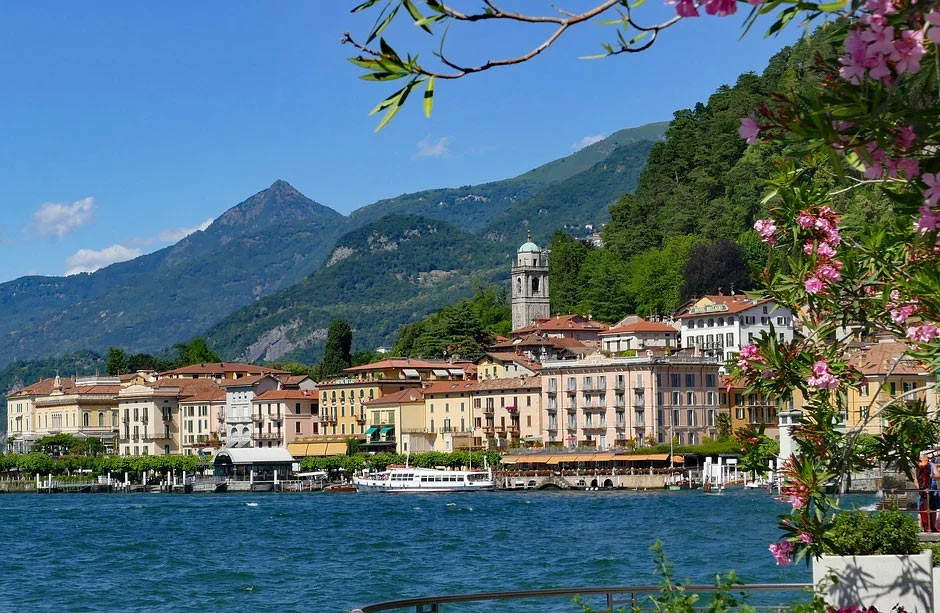
8. Cernobbio
Lake Como, of course, but also Mount Bisbino with its famous shrine and then the many villas and splendid gardens that dot its surroundings. Cernobbio lies just outside Como, yet there is a much less frenetic air about it than in the city. After all, this little village suspended between the green woods and the blue lake has always been a favorite vacation spot in all of Lombardy, and signs of this vocation for hospitality can be found just about everywhere. For lovers of the outdoors here in addition to tours of the lake there is a rich network of trails that climb up to the 1,325 meters of Mount Bisbino, while for those looking for less eventful entertainment there is certainly no shortage of places to visit including Villa Erba, now a prestigious multipurpose center, and the 16th-century Villa D’Este.
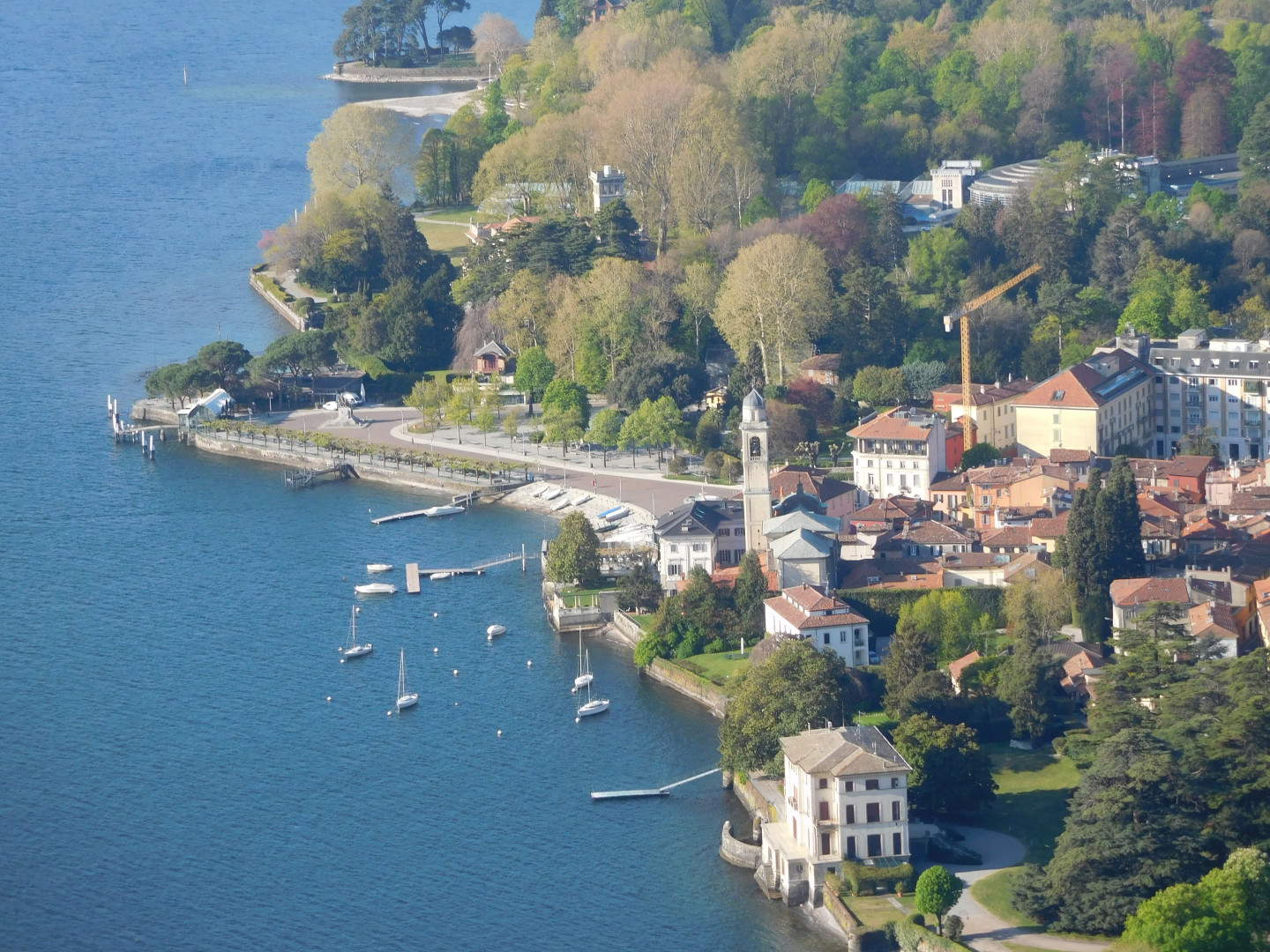
9. Villa Carlotta in Tremezzo
A magical treasure chest of great masterpieces and an enchanted garden. This 17th-century villa built by the Marquises Clerici of Milan on the shores of the lake houses a museum that holds, among others, works by Antonio Canova, Francesco Hayez and Bertel Thorvaldsen and a magnificent botanical garden that, depending on the season, offers a veritable kaleidoscope of colors. Camellias, roses, citrus trees all the way to the splendor of the Italian garden attract many visitors every year, who are literally enraptured by the park’s many striking corners, not only. At Villa Carlotta for years they have been working to make the close relationship between art and nature their strong point with many initiatives designed to involve adults and children in an all-encompassing experience.
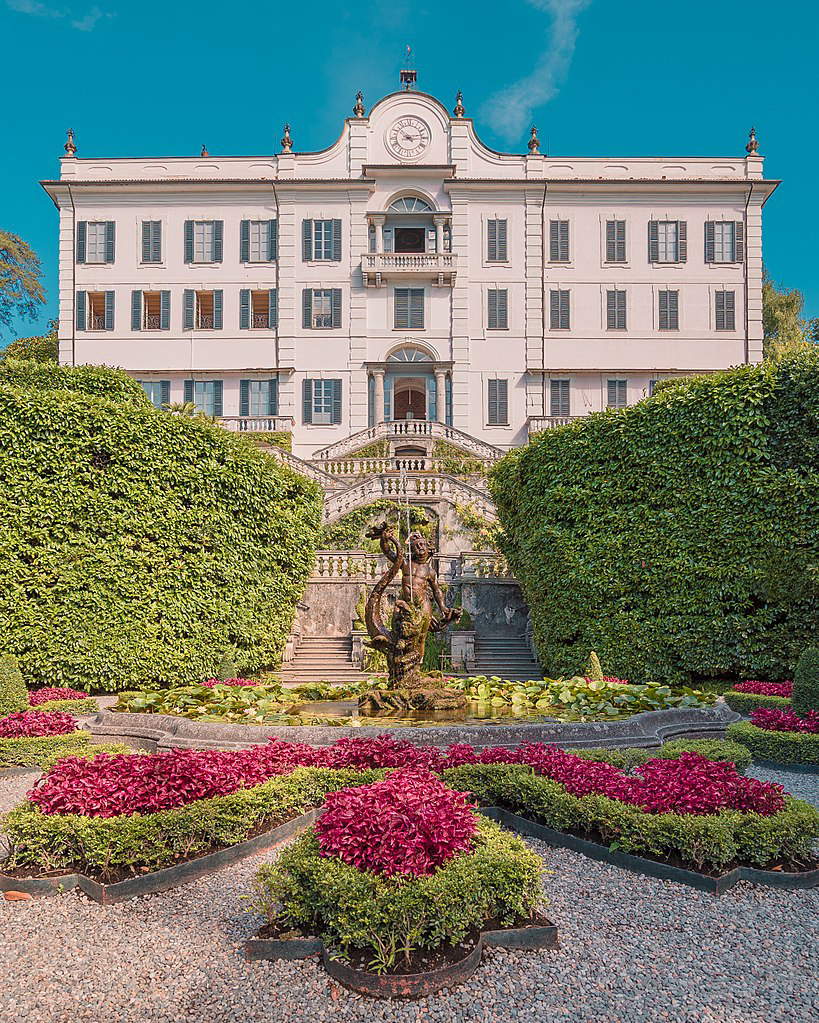
10. Lezzeno
Past Bellagio we come across this small village of just two thousand inhabitants, perhaps less glamorous than its glittering neighbor, but no less evocative and flat with reasons for interest. Lezzeno spreads all along the coast for no less than seven kilometers on the slopes of the Colmenacco, Forcoletta and San Primo mountains, and from here there are numerous walks through the various hamlets, among which the Via Crucis with its fourteen chapels leading to the church of Santa Trinità stands out. Finally, do not miss a taste of Missoltini, a sun-dried and barbecued lake fish that is a true gastronomic specialty of the village.
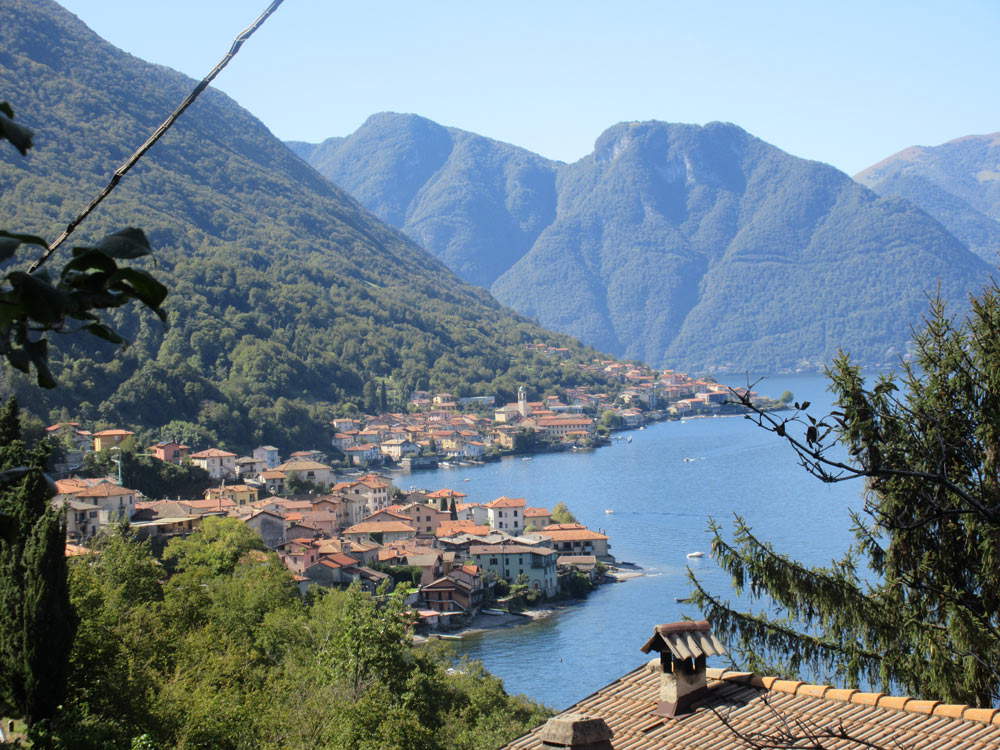
 |
| What to see on Lake Como: 10 places among basilicas and art treasures |
Warning: the translation into English of the original Italian article was created using automatic tools. We undertake to review all articles, but we do not guarantee the total absence of inaccuracies in the translation due to the program. You can find the original by clicking on the ITA button. If you find any mistake,please contact us.



























